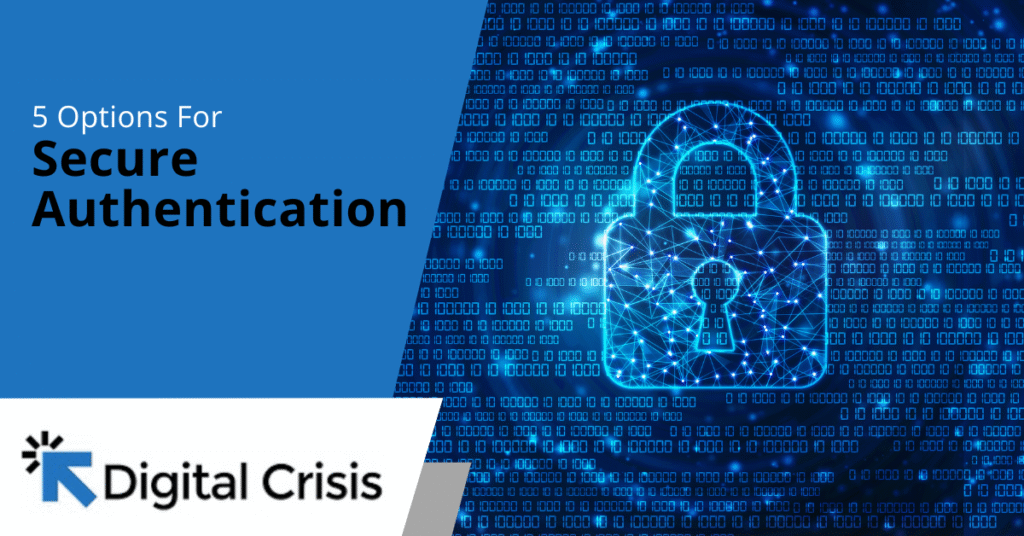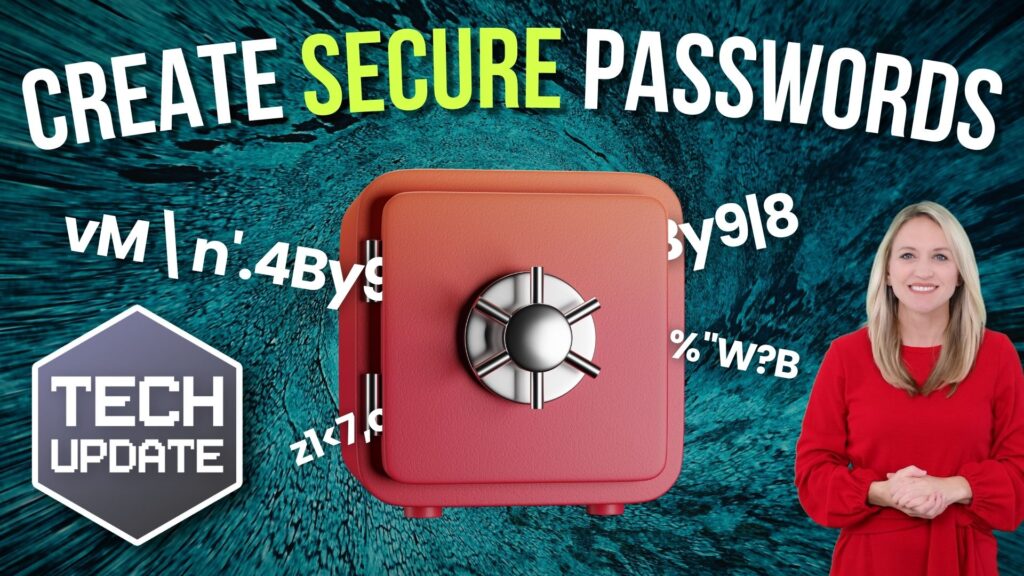5 Options For Secure Authentication

In today’s digital landscape, secure authentication is more crucial than ever. With the rise of data breaches and identity theft, ensuring that only authorized users can access sensitive information is paramount. Secure authentication methods are designed to verify the identity of users, protecting both personal and business data from unauthorized access.
This article will explore five key options for secure authentication, discussing their benefits and how they can be implemented effectively. We will delve into the importance of secure authentication, explore various methods such as multi-factor authentication and biometric authentication, and discuss how these methods can enhance security across different platforms.
What Are The Key Principles Of Secure Authentication?
Secure authentication is built on the principle of verifying that users are who they claim to be. This involves using various methods to ensure that only authorized individuals can access protected resources. The primary goal of secure authentication is to prevent unauthorized access and protect sensitive information from data breaches and identity theft. In industries subject to strict regulations like GDPR, HIPAA, and PCI DSS, implementing robust authentication measures is not only a best practice but often a legal requirement.
Secure authentication methods have evolved significantly over the years, moving beyond traditional password-based systems. Multi-factor authentication (MFA) has become a standard practice, requiring users to provide two or more forms of verification, such as a password, a biometric scan, or a one-time passcode sent to their mobile device. This approach significantly enhances security by making it more difficult for attackers to gain unauthorized access.
In addition to MFA, biometric authentication is gaining popularity due to its high security and convenience. Biometric methods, such as fingerprint or facial recognition, are difficult to forge and provide a seamless user experience. However, they require specialized hardware, which can be costly to implement.
Another important aspect of secure authentication is Zero Trust Network Access (ZTNA). This approach assumes that no entity, whether internal or external, should be trusted by default. ZTNA requires continuous verification of both user identity and device health before granting access to network resources, minimizing the risk of lateral movement within networks.
As we explore these methods further, it’s clear that each has its unique advantages and challenges. In the next section, we’ll discuss how these methods can be implemented effectively across different platforms.
How Can Secure Authentication Be Implemented Effectively?
Implementing secure authentication effectively involves understanding the specific needs of an organization or individual. This includes assessing the level of security required, the type of data being protected, and the user experience desired. Multi-factor authentication is a versatile method that can be integrated into various systems, providing an additional layer of security without significantly impacting user convenience.
Understanding Multi-Factor Authentication
Multi-factor authentication is widely adopted due to its ability to provide robust security without relying solely on passwords. It combines different types of verification, such as something you know (password), something you have (token), and something you are (biometric). This approach ensures that even if one factor is compromised, the attacker still lacks the necessary credentials to access the system.
Exploring Biometric Authentication
Biometric authentication offers high security and convenience, making it an attractive option for both personal and business use. However, it requires specialized hardware and can be costly to implement. Biometric methods are highly resistant to forgery, making them ideal for protecting sensitive information.
Implementing Zero Trust Network Access
Zero Trust Network Access represents a significant shift in network security by continuously verifying user identity and device health. This approach is particularly effective in minimizing the attack surface within networks. By assuming no entity is trustworthy by default, ZTNA ensures that access is granted only when both user and device meet specific security criteria.
In the next section, we’ll explore additional secure authentication methods and their applications.
What Are Additional Secure Authentication Methods?
Beyond MFA and biometric authentication, there are several other secure authentication methods that offer unique benefits. Passwordless authentication eliminates the need for passwords, relying on alternative factors such as biometric data or cryptographic keys. This approach not only enhances security by reducing the risk of password breaches but also provides a seamless user experience.
Understanding Passwordless Authentication
Passwordless authentication is gaining traction due to its ability to eliminate the vulnerabilities associated with traditional passwords. By using biometrics or cryptographic keys, users can access systems without the need to remember complex passwords, reducing the risk of phishing attacks and password-related breaches.
Exploring Token-Based Authentication
Token-based authentication involves using a physical or digital token to generate a unique code for each login attempt. This method ensures that credentials are never transferred across the network, making it difficult for attackers to intercept them. Token-based systems are particularly effective in environments where security is paramount, such as financial institutions.
Continuous Authentication
Continuous authentication monitors user behavior throughout a session, ensuring that the same person who initially logged in is the one performing subsequent actions. This method uses a combination of techniques, including behavioral biometrics and physical movement sensors. Continuous authentication provides an additional layer of security by detecting anomalies that may indicate unauthorized access attempts.
In the final section, we’ll discuss the importance of integrating these methods into a comprehensive security strategy.
How Can Secure Authentication Enhance Overall Security?
Secure authentication is a critical component of any comprehensive security strategy. By implementing robust authentication methods, organizations can significantly reduce the risk of data breaches and unauthorized access. A well-designed authentication system not only protects sensitive information but also helps maintain trust with customers and stakeholders.
Effective integration of secure authentication methods involves regularly updating and auditing authentication systems to address emerging vulnerabilities. Implementing automatic logouts and device recognition can further enhance security by challenging and blocking risky devices. Additionally, ensuring that recovery processes are secure and efficient is crucial for maintaining user trust.
Moving Forward With Secure Authentication
As technology continues to evolve, so do the methods used to authenticate users securely. Staying informed about the latest authentication techniques and best practices is crucial for maintaining robust security. Whether it’s multi-factor authentication, biometric authentication, or passwordless authentication, each method offers unique benefits that can be tailored to specific security needs.
If you’re looking to enhance your security with robust authentication solutions, consider reaching out to Digital Crisis. We specialize in providing expert guidance on implementing secure authentication methods tailored to your specific needs. Contact us today to learn more about how we can help protect your digital assets.











